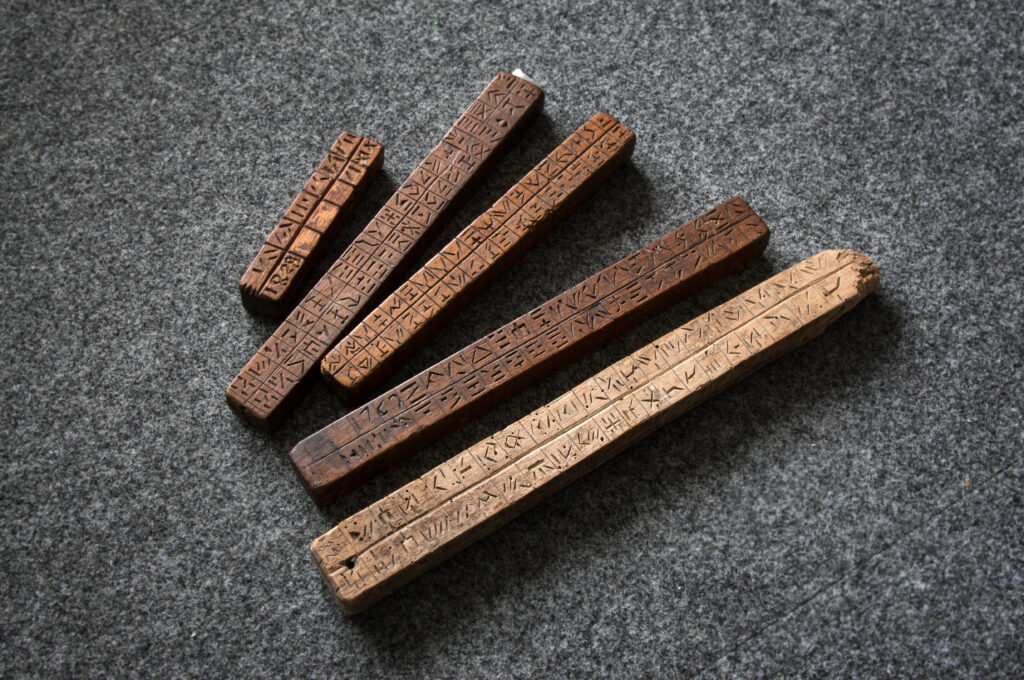Return to archive
title
Being an in-house researcher at the VAi
author
Eric Crevels
hosted by
Vlaams Architectuurinstituut (VAi)
A little bit of auto-ethnography.
It was an aesthetical estrangement, when looking at the pictures of the 78+ finished prototype and finding the proportion of the beams to be a bit off, that led me to think about how the system is actually a bit materially inefficient. Given the modular nature of the square frames, the beams of the system are always doubled in the building’s interior, which adds the necessity of another piece of timber filling the gap between them. All things considered, the now tripled beam solution turns the structure into an overshoot of structural capacity that, evidently, is not very economical.
This strange consequence is especially significant due to B&I’s attention to proportion and material – the two, Claire Bataille argues, “are inseparable, they are the core of the making”. Yet, specifically in the 78+ case, there seems to be a conflict between them. To be fair, it is possible to see how the gap could be used to advantage when combined with sliding panels or doors. Still, in the 98+ system (the successor of the 78+), the repeated beams issue was addressed. From photographs, one can see that its beams are unique, cornered only with aluminium profiles, making the appearance of the system much cleaner and modern, although a tad saltless. While this solves the needless waste of material and the concurrent aesthetic discomfort it may cause in proportion-attentive viewers, the system no longer makes any use of the modular frames, so important in its predecessor’s design. Once again, these stories make me reflect on how technology development is filled with choices that prioritize one or another way of thinking, hiding and undermining others in the process.
I also reflect on my own lenses. The chain reaction of thought I experienced is interesting. Concerns for aesthetics and material economy are somehow related in my mind. If it comes from my experience as an architect or craftsman, it is hard to say – these are intermingled, as well. Nonetheless, the phenomenon is intriguing, as it appears that one dimension of concern can trigger awareness in the other. I wonder if traced, these many lenses might serve as connective tools that, activated by an attentive gaze, would spontaneously drag other dimensions of concern to the surface. Having a lot of these dimensional, entangled analytical lenses might be an important tributary of craftsmanship, as they are slowly built from experience.
Important to note that this ability to see, to become aware, or to “attune” to the non-explicit knowledge contained or reflected in the archival documents is itself personal, situated. Different researchers carry their own previous knowledge, and would possibly discover different things. Additionally, the possibility to delve deep into the archives, without too much attachment to a predetermined object of study, but instead allowing these personal resonances to happen was crucial for this discovery. It required time with the material, evidently, but also some wandering through it. The pictures of the prototype’s interior were not particularly significant to my research; I was focused rather on the process of its construction, particularly through the knooppunt model. Yet, it was only through this adjacent document that I could become aware of and uncover another story in the development of the system.
This whole story is all the more significant given we are dealing with tacit, embodied knowledge – that by its very definition won’t let itself be known at first glance. Being a sort of in-house researcher at the archives of the VAi enabled me to find it wherever it unveiled itself, through my particular lenses and situated resonances.




